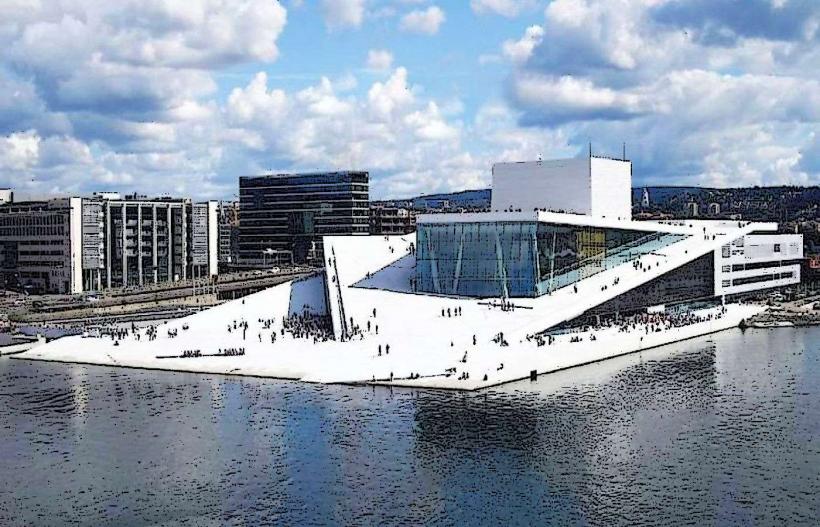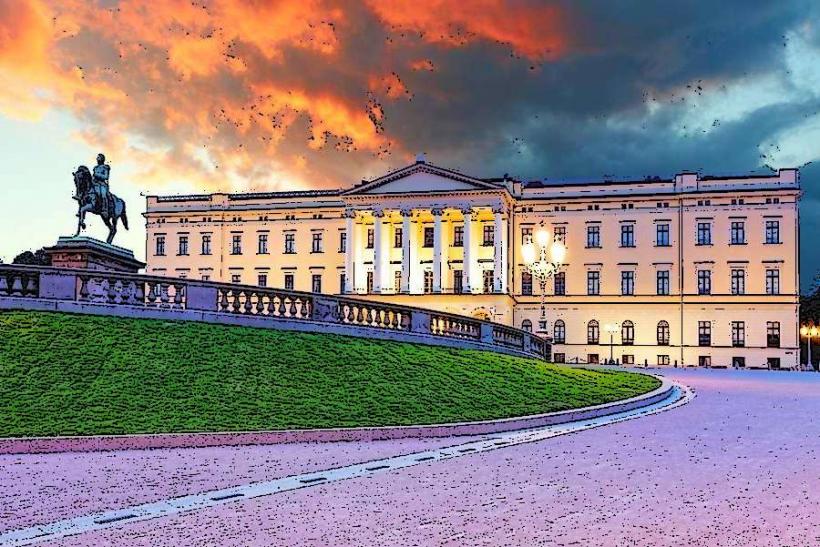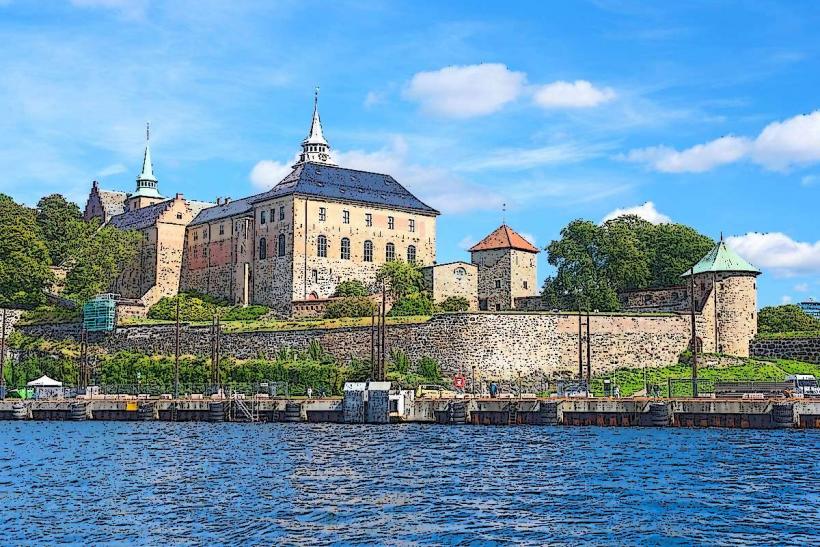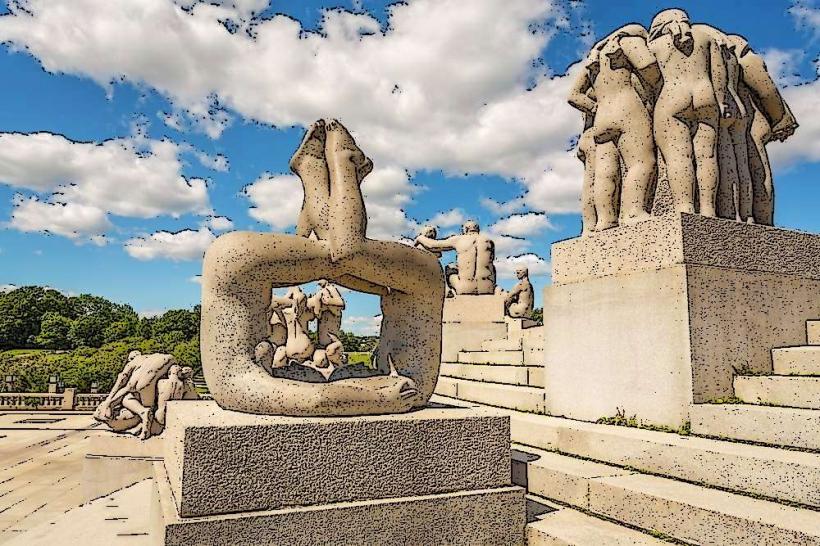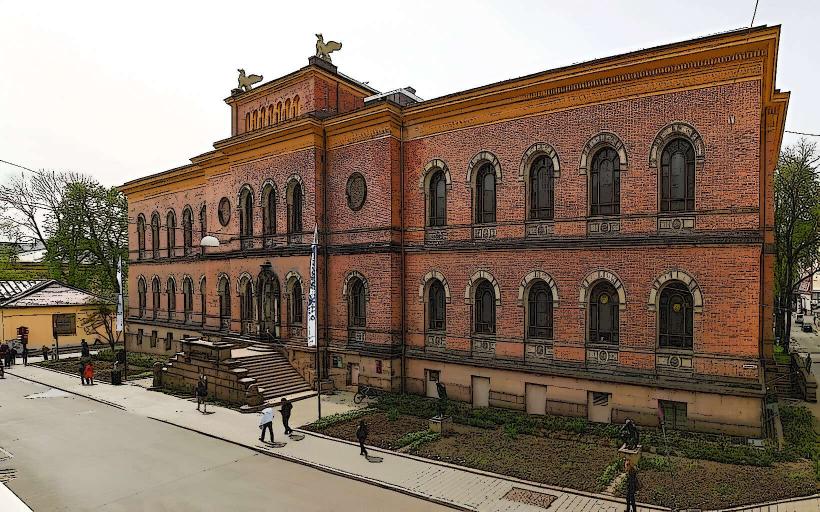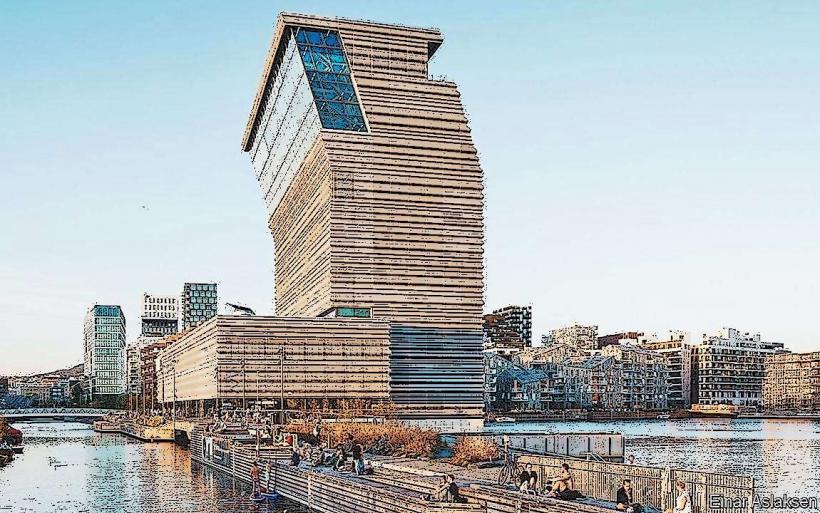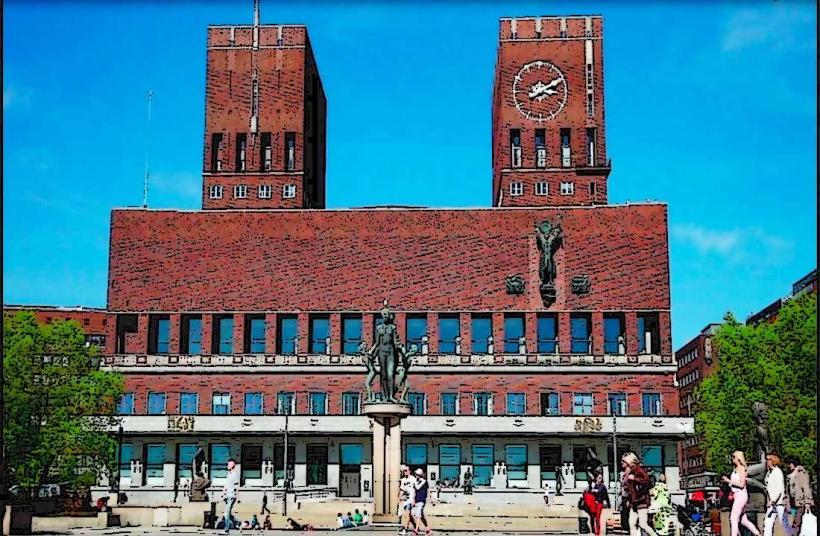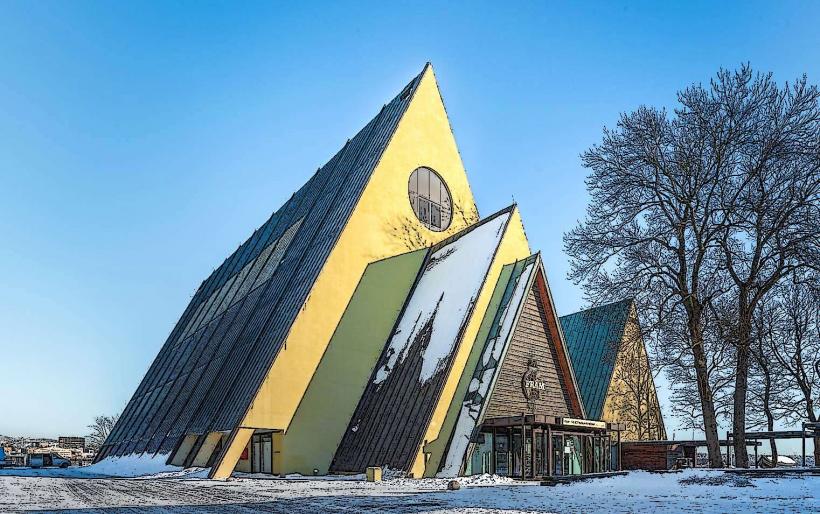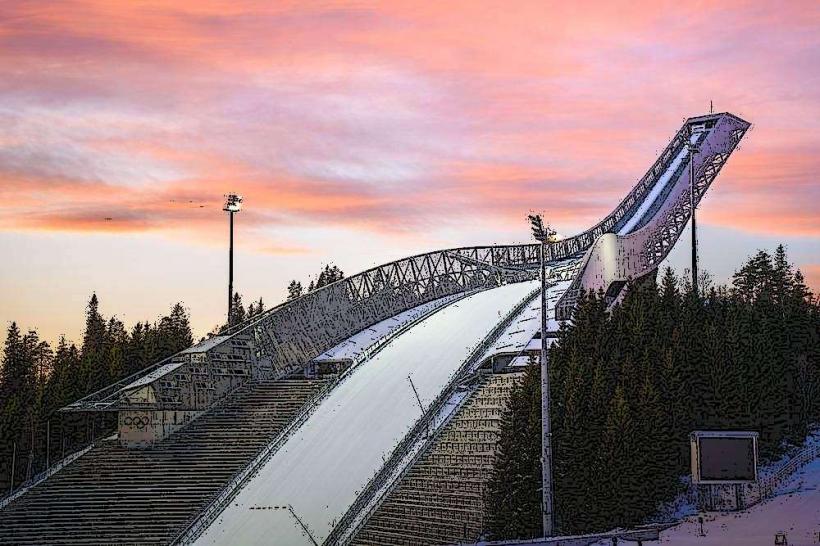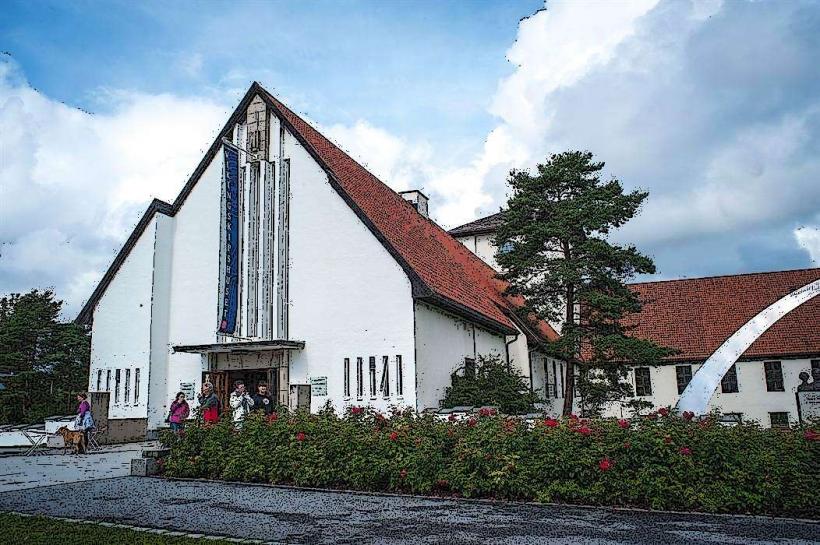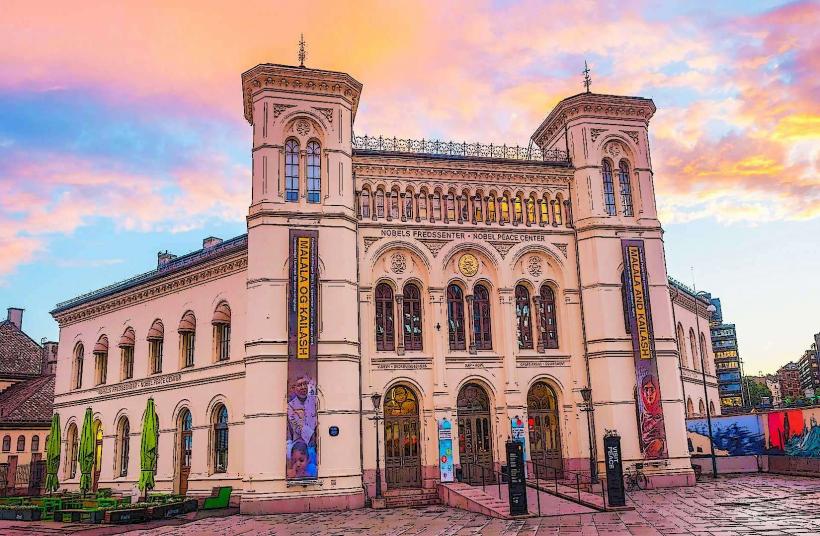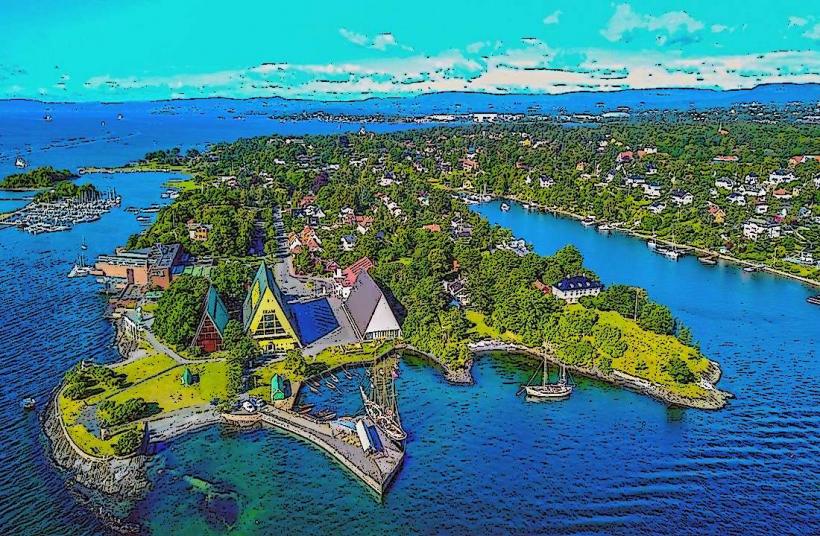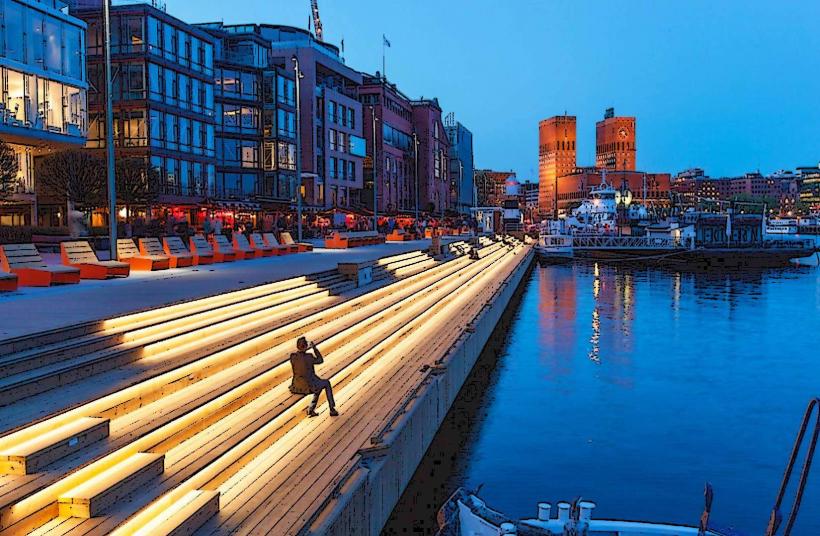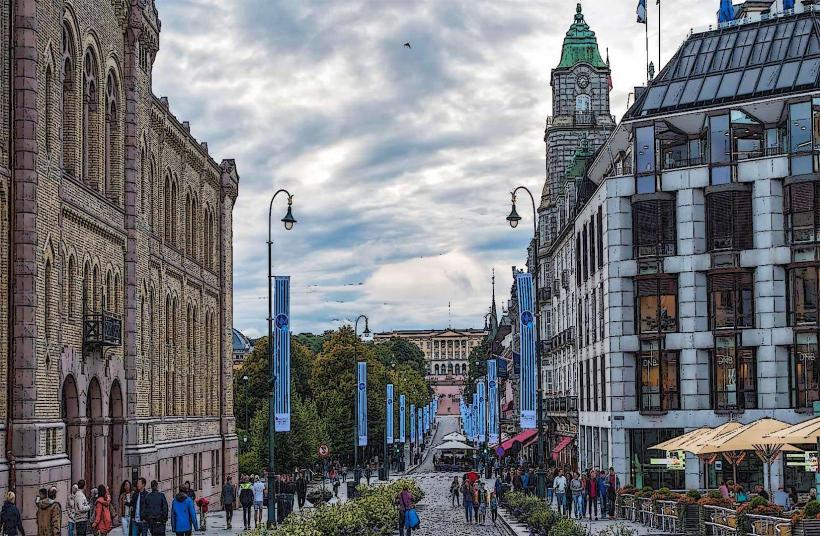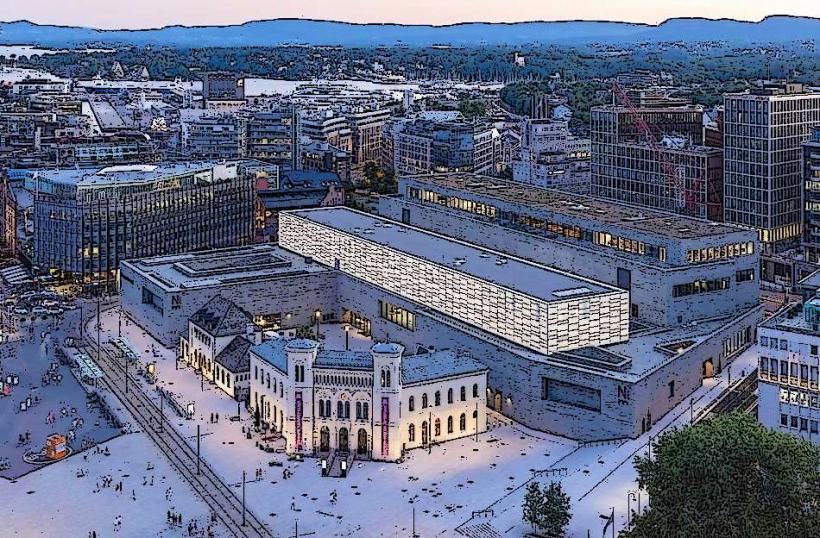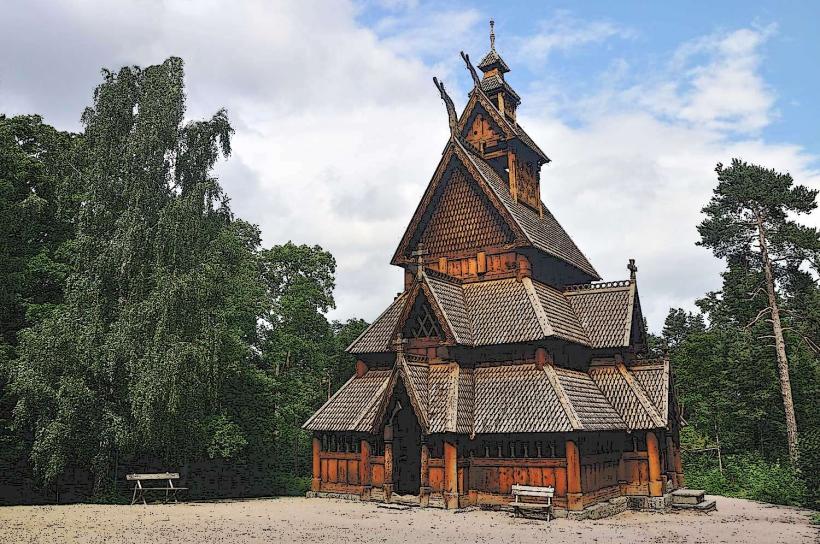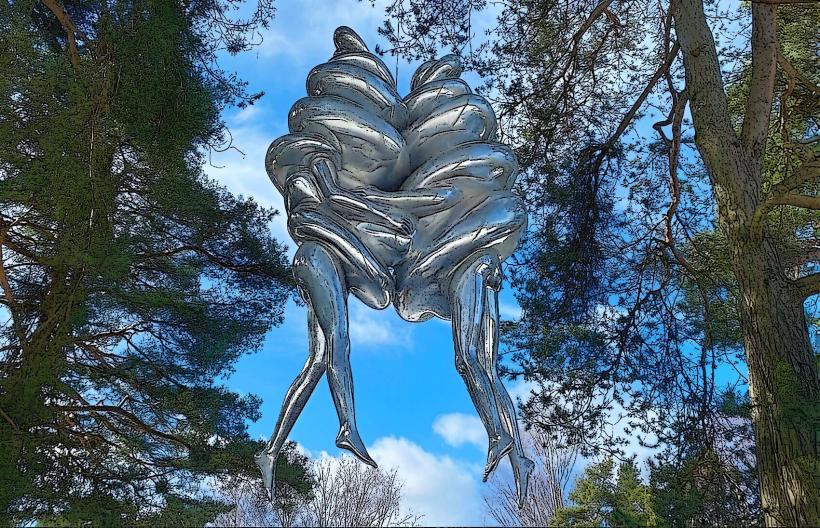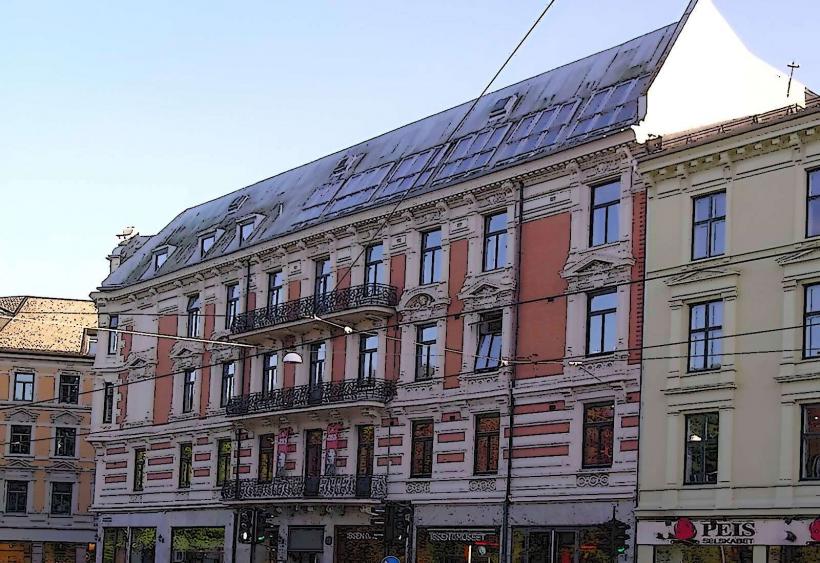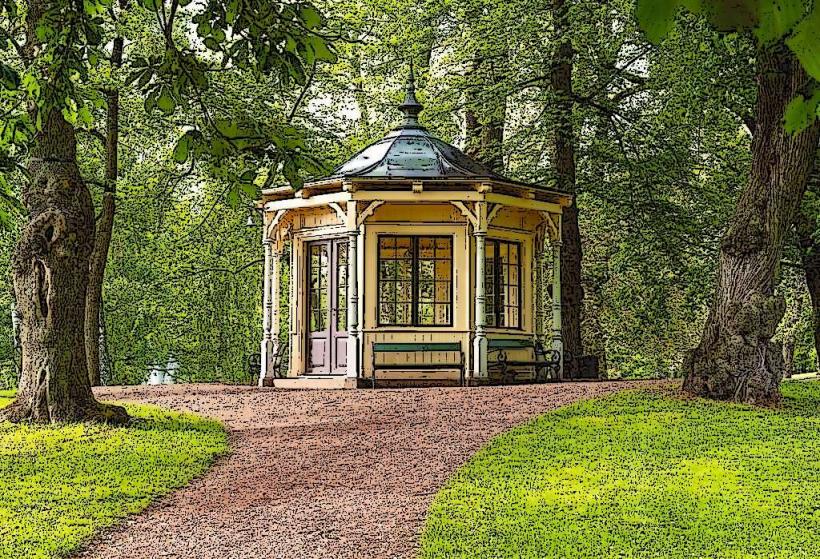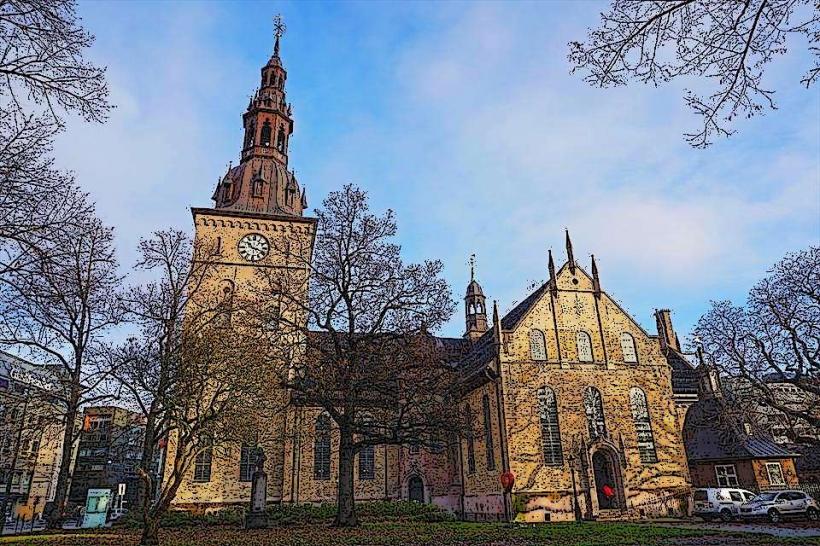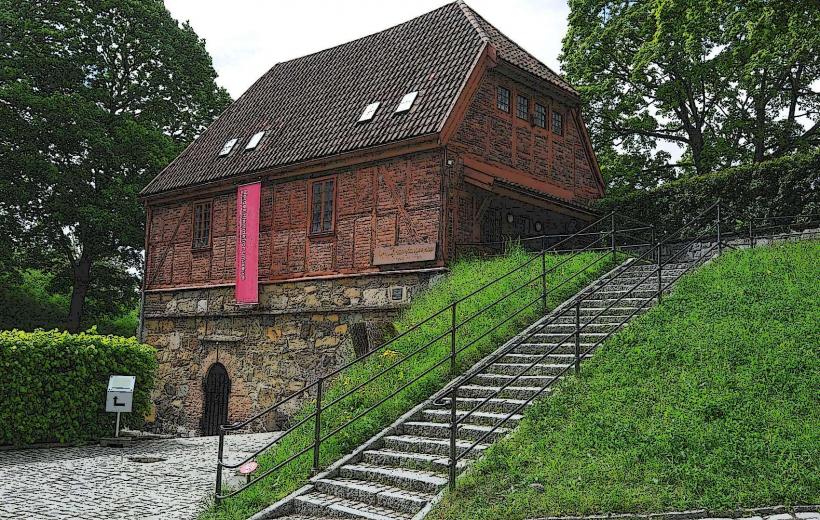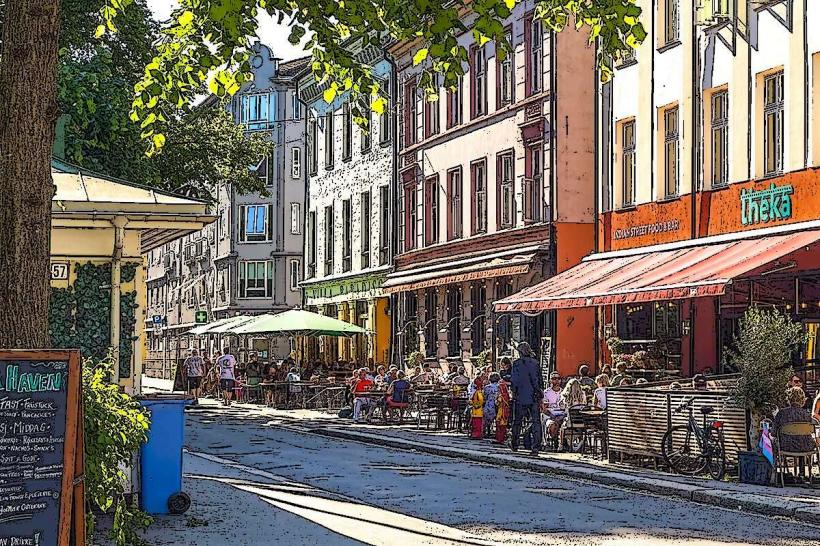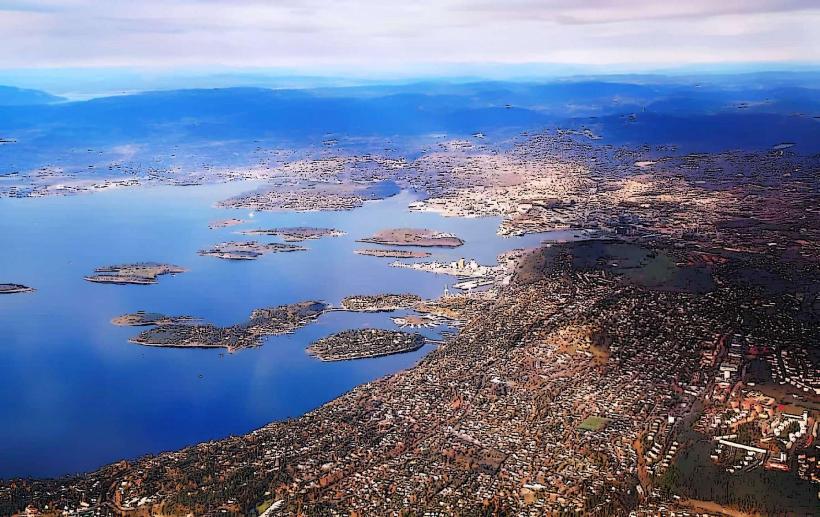Information
Landmark: Norwegian Museum of Cultural HistoryCity: Oslo
Country: Norway
Continent: Europe
The Norwegian Museum of Cultural History (Norsk Folkemuseum) is one of Norway's largest and most important open-air museums. Located on the Bygdøy Peninsula in Oslo, the museum offers visitors an immersive experience of Norwegian history, culture, and folk traditions. It is an extensive museum complex, showcasing the history of Norwegian life, from rural and urban communities to the cultural expressions of the country’s diverse regions.
History and Background
- Established: The museum was founded in 1894 and has since grown into one of the largest folk museums in Europe. It was originally created to preserve and exhibit Norwegian folk culture, traditions, and artifacts.
- Bygdøy Location: Situated in the beautiful Bygdøy Peninsula, the museum's location offers a picturesque setting near the Oslofjord. The museum’s collection includes thousands of artifacts, some dating back to the Viking era, as well as reconstructed traditional buildings that give visitors a sense of Norway’s history.
Key Features and Exhibits
Open-Air Museum:
- The open-air museum is one of the key attractions of the Norwegian Museum of Cultural History. It features more than 150 historic buildings from different parts of Norway, spanning a range of time periods and architectural styles. Visitors can explore traditional farmhouses, churches, cottages, and even entire village settings, all carefully moved and reconstructed on the museum grounds.
- The buildings are organized into thematic areas representing different regions of Norway, showcasing regional differences in architecture and rural life. Some of the most notable structures include Stave Churches, farming homes, and Sami structures.
Stave Church:
- The museum is home to a stunning Stave Church from Gol, originally built in the 13th century. This medieval wooden church is a beautiful example of traditional Norwegian church architecture, known for its intricate carvings and unique design. It provides visitors with a glimpse into the country’s medieval Christian heritage and is one of the museum's main attractions.
Urban Life Exhibition:
- The museum features exhibitions that explore the urbanization and industrialization of Norway. Visitors can learn about the evolution of urban life in Norway from the 19th century to the modern era, with exhibits showcasing the living conditions, craftsmanship, and changes in Norwegian society during the rise of cities like Oslo.
Sami Culture:
- One of the museum's sections is dedicated to the indigenous Sami people of Norway. The exhibits showcase traditional Sami clothing, tools, and crafts, along with displays about their nomadic lifestyle and relationship with nature. Visitors can explore Sami history, culture, and their deep connection to reindeer herding.
Traditional Clothing and Crafts:
- The museum houses an extensive collection of traditional clothing (including bunad, the Norwegian national costume) and handicrafts, such as woodworking, weaving, and textiles. These items offer insight into the craftsmanship that has been passed down through generations in rural Norwegian communities.
Folk Music and Dance:
- Folk traditions, especially music and dance, are an integral part of Norwegian culture, and the museum highlights these customs through exhibits and performances. Visitors can explore the role of traditional instruments like the Hardanger fiddle, and learn about the rhythms, dances, and festivals that have shaped Norwegian folk culture.
Themed Exhibitions:
- The museum also features a variety of temporary exhibitions focusing on specific themes related to Norwegian cultural history. These exhibitions might cover aspects of Norwegian society, such as the country’s traditional food, work life, holidays, or the development of modern Norwegian identity.
Interactive Activities:
- The museum offers a range of hands-on experiences for visitors, especially families and children. Activities like traditional cooking demonstrations, craft-making workshops, and storytelling help visitors engage with the museum’s content in a more interactive way.
Buildings and Structures
Farmhouses and Living Spaces:
- A large part of the museum is dedicated to showcasing traditional Norwegian farmhouses, with authentic interiors representing different time periods. These buildings give visitors a chance to see how rural families lived and worked in centuries past, with displays of furniture, kitchen tools, and agricultural equipment.
Sami Camp:
- The museum includes a Sami camp where visitors can learn about the traditional lifestyle of the Sami people, including their reindeer herding practices, temporary dwellings (called kåtas), and distinctive ways of life.
Fishermen’s Cabin and Coastal Traditions:
- Visitors can explore the traditional fishermen’s cabin, which highlights the culture of Norway’s coastal communities and their reliance on fishing as a primary means of livelihood. The museum provides a glimpse into the tough but fulfilling life of Norwegian coastal dwellers.
Other Key Features
Norwegian Folk Art:
- A dedicated gallery exhibits Norwegian folk art, which includes painted furniture, textiles, wood carvings, and other handmade goods that reflect the creativity and craftsmanship of rural Norway. This art is closely tied to the cultural and historical traditions of different regions of the country.
Seasonal Activities:
- The museum offers a range of seasonal events, such as Christmas markets, Easter celebrations, and midsummer festivals, where visitors can participate in traditional Norwegian activities, enjoy folk music, and purchase handcrafted goods.
Museum Shops and Cafes:
- The museum also features gift shops where visitors can purchase Norwegian handicrafts, books, and traditional items, and cafes offering traditional Norwegian food and drink, such as open-faced sandwiches and cakes.
Conclusion
The Norwegian Museum of Cultural History provides an extensive and immersive experience of Norway's cultural and historical landscape. With its combination of open-air exhibits, traditional buildings, and interactive displays, it offers a deep dive into the country’s folk traditions, rural life, and indigenous cultures. The museum is a must-visit for anyone interested in understanding the social, cultural, and historical evolution of Norway, from its ancient roots to modern-day life. Its location on the Bygdøy Peninsula, near other key attractions such as the Viking Ship Museum and the Fram Museum, makes it an excellent part of a cultural day out in Oslo.

